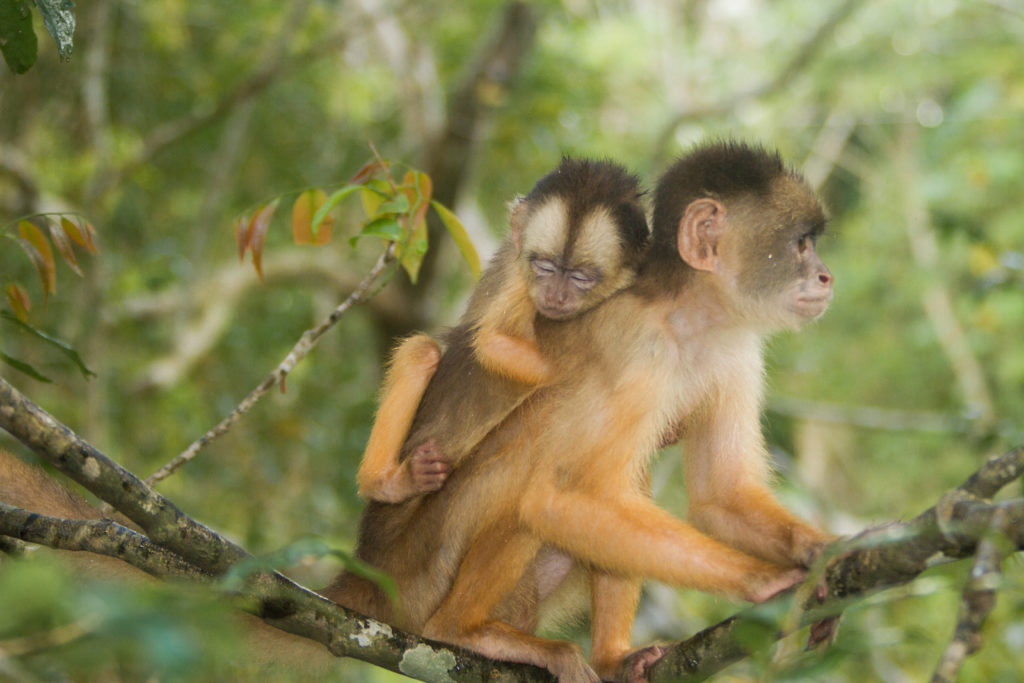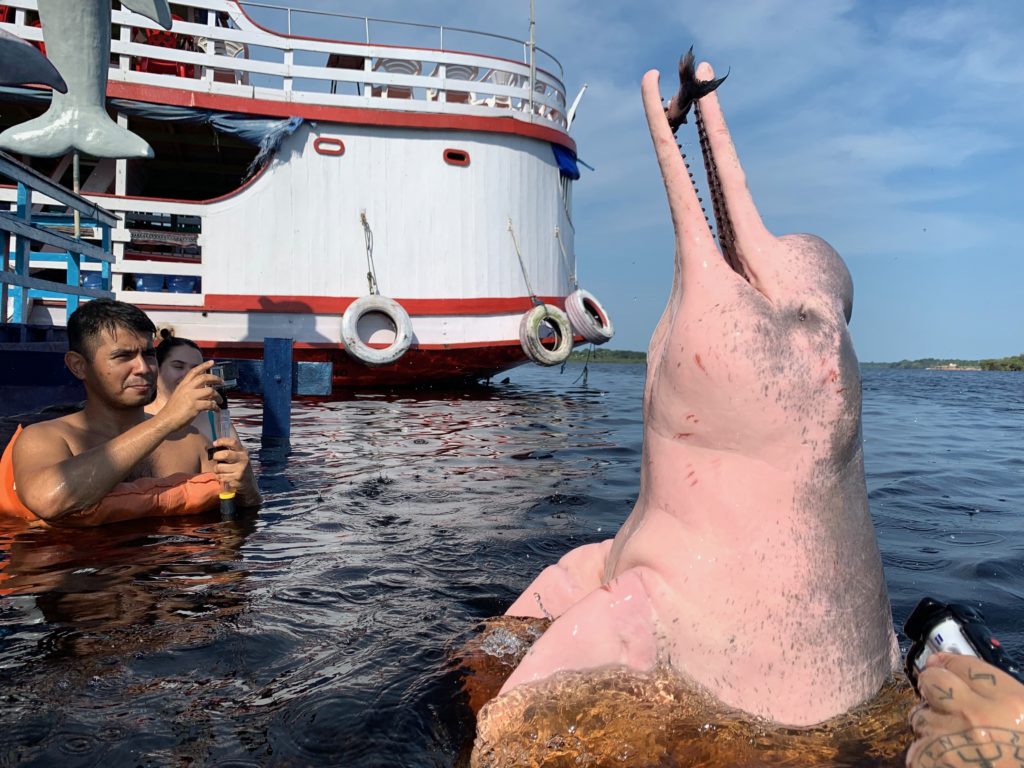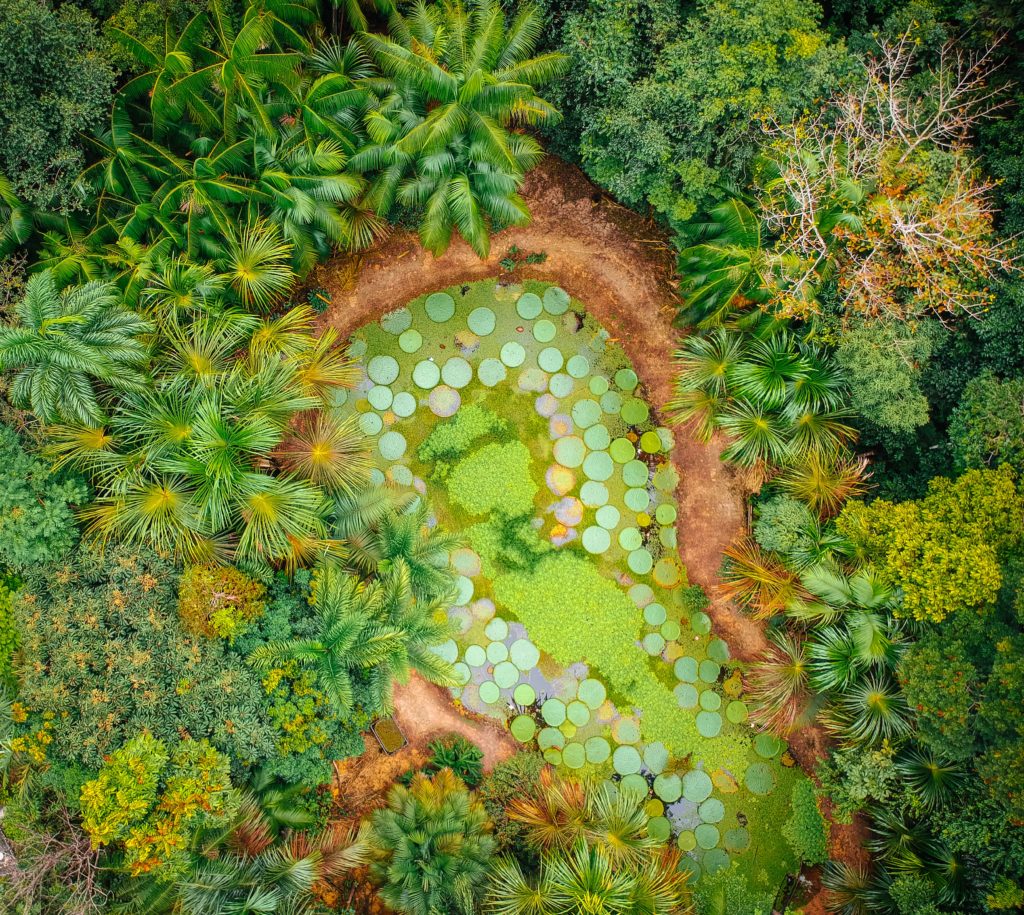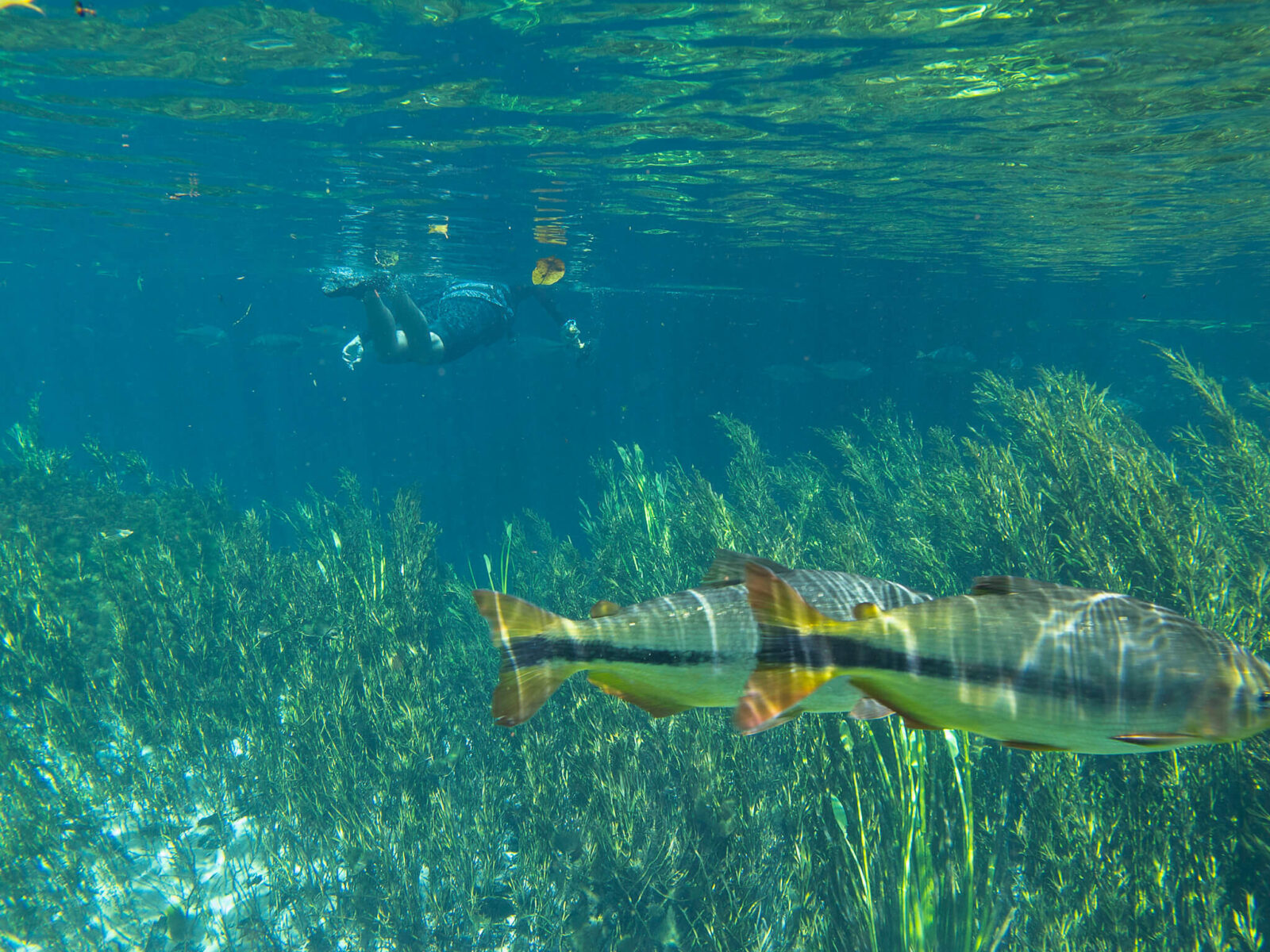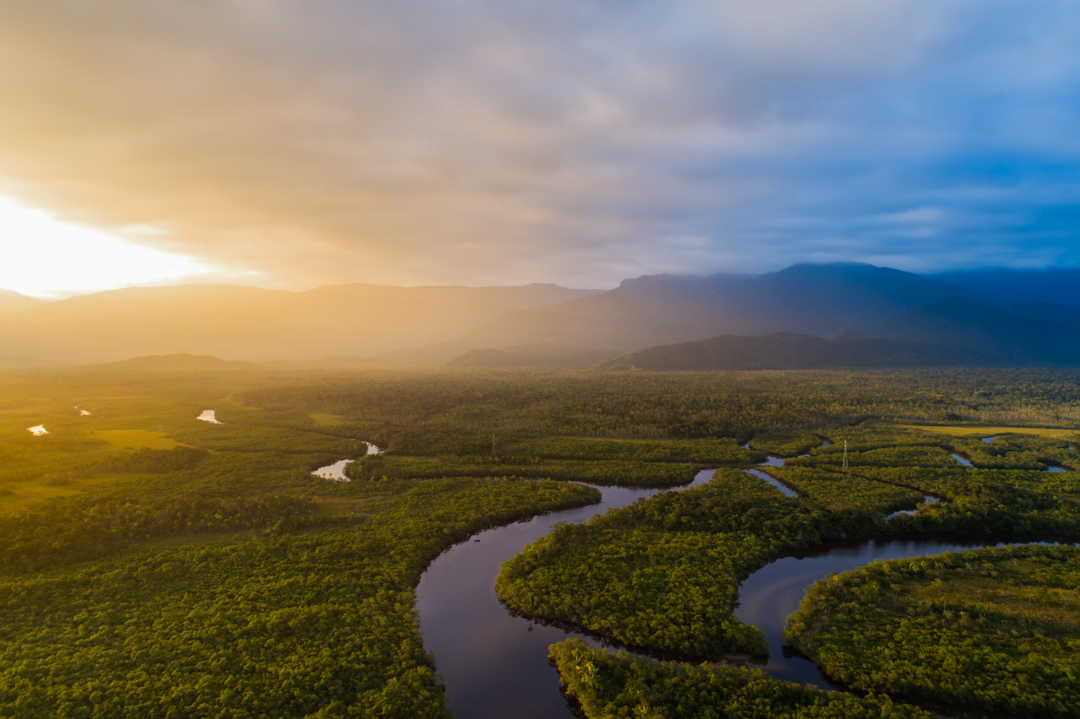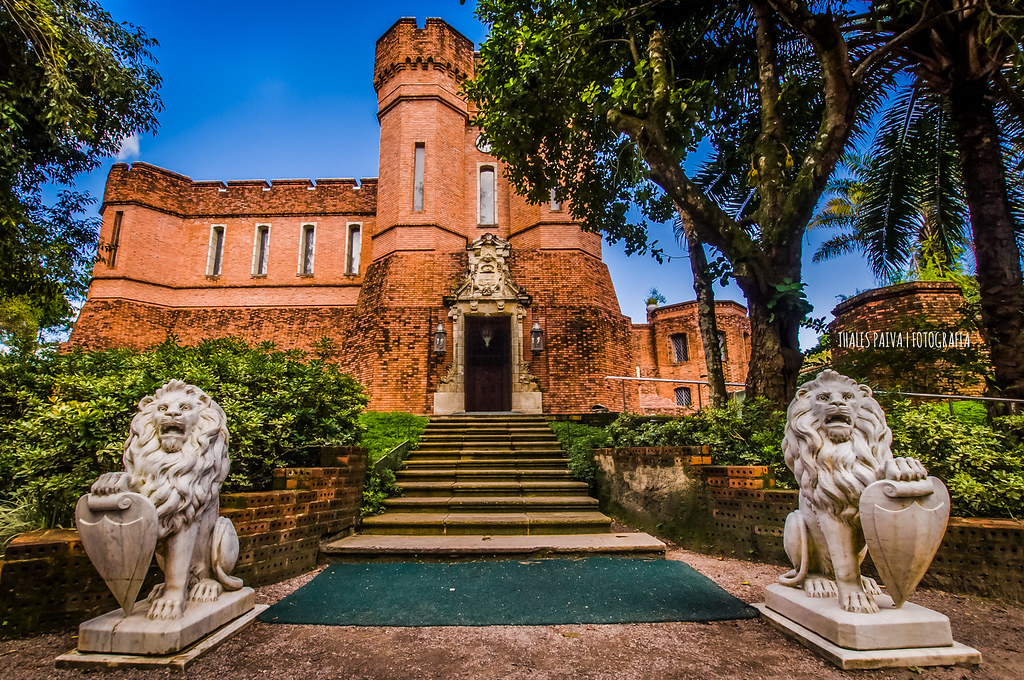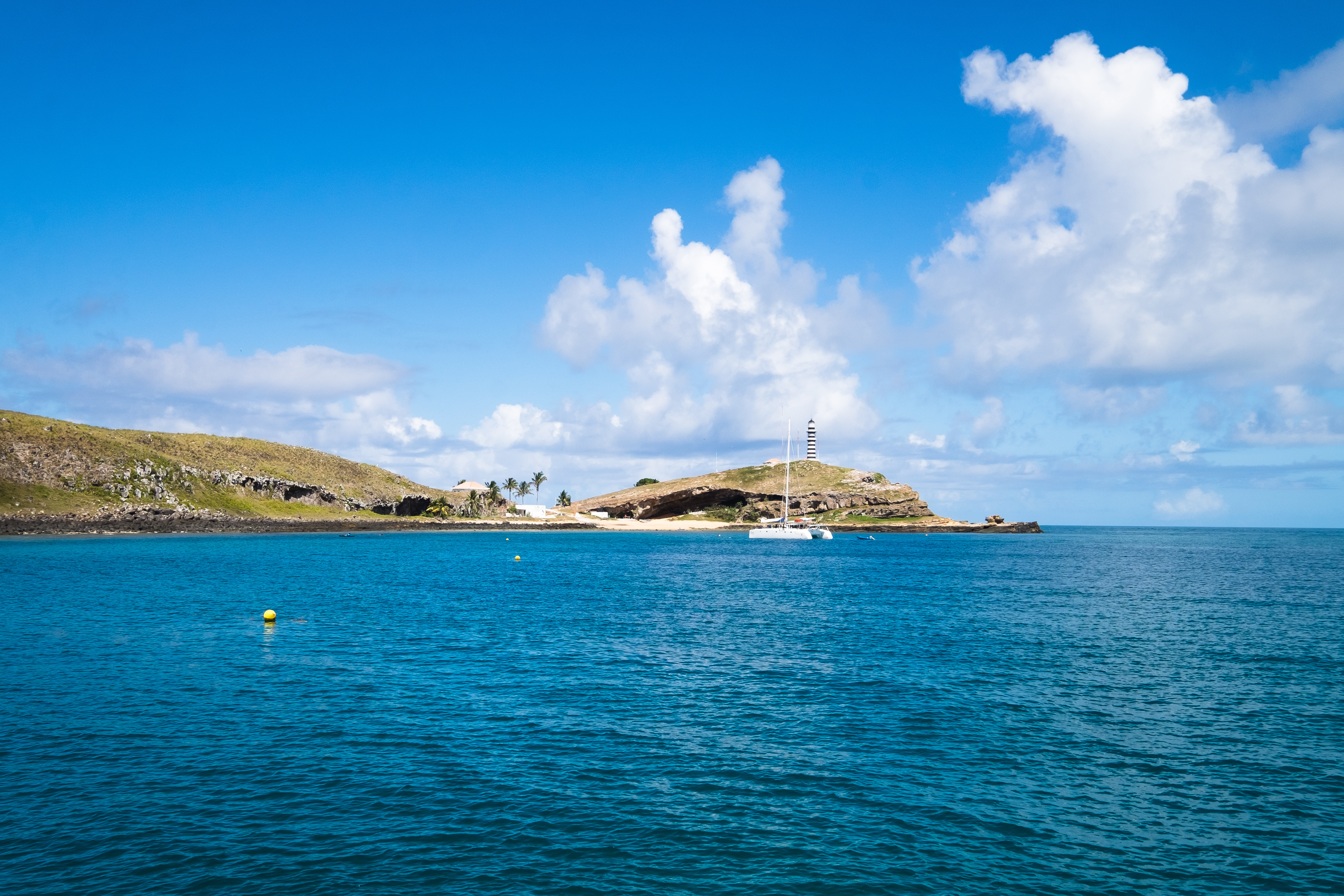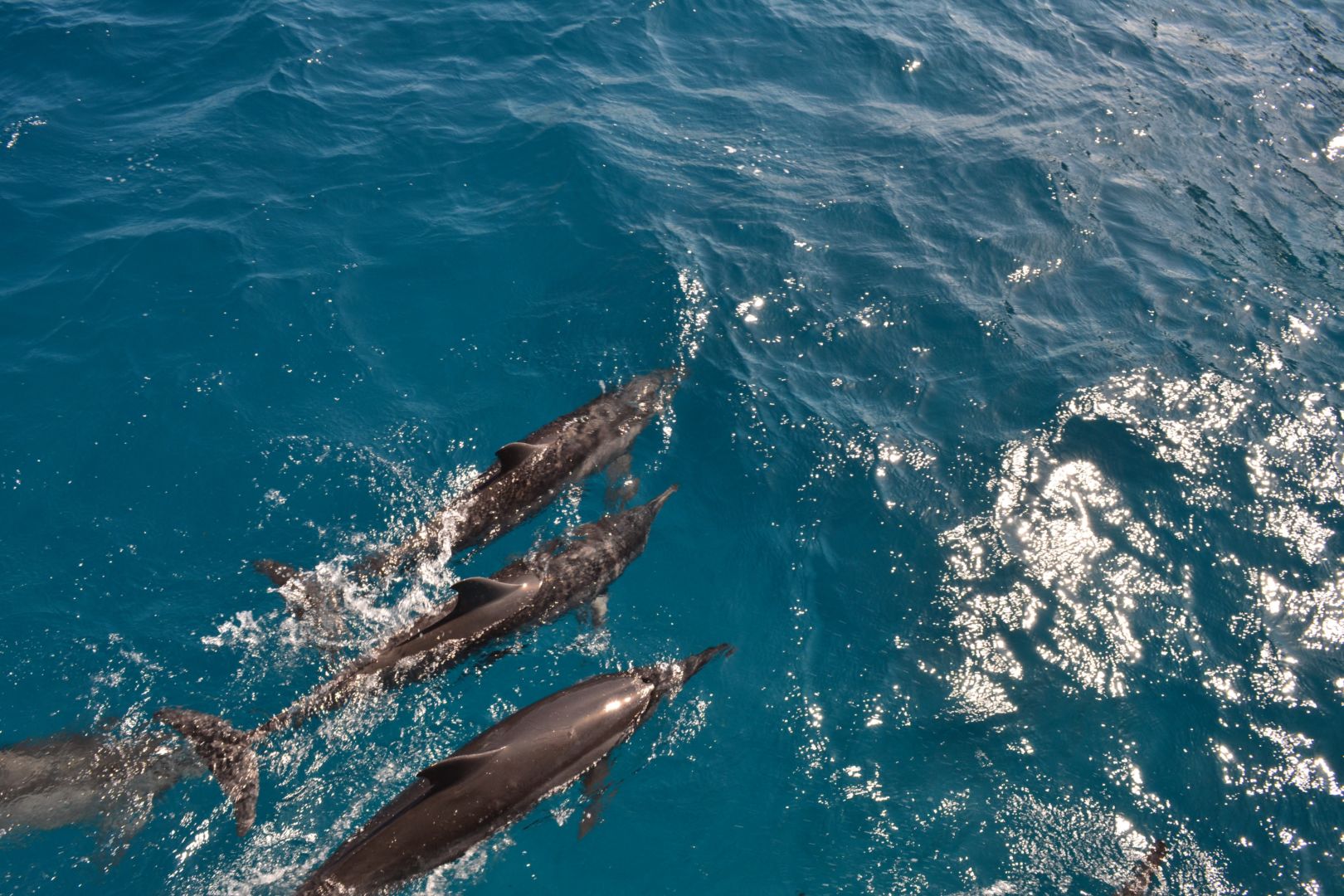534 stricter protected areas (integral protected areas and indigenous lands) sum over 171.5 million hectares and reach 40.8% of the Amazon biome.
It is a mistake to think that visiting the largest and richest rainforest on the planet means camping in the woods. Belém, the capital of Pará state and Manaus, capital of Amazonas state, are known among architects and designers as Paris of the Tropics or Pais in America. Due to the Amazonian Belle Époque, financed by latex industry, this group of historical building in both cities began to be constructed in 1871. This period was marked by intensive modernization of both cities in the nineteenth century, with architectural advances compared to other cities, such as the Teatro da Paz, inaugurated in 1878. Belém and Manaus were at this time among the most developed Brazilian cities, and some of the most prosperous in the world – due to its strategic position almost on the coast and the residence of a large number of rubber tappers — living their heyday between 1890 and 1920 with technologies that cities in southern and southeastern Brazil did not yet possess. Through the construction of boulevards, squares, woods, markets, sanitary policy, public transportation, and lighting, both had electric light, running water, sewers, electric trams and luxury buildings.
Biodiversity
and Natural Riches
The largest biome in Brazil, the Amazon carries a lot of life spread over a territory of over 4 million square meters, where about 2,500 tree species or one-third of all the world’s tropical wood grow, and more than 30,000 plant species (out of 100,000 in South America).
In Brazil, the Amazon extends through the states of Acre, Amapá, Amazonas, Pará, Rondônia, Roraima and a small part of the states of Maranhão, Tocantins and Mato Grosso. The region also borders eight neighboring countries. Surveys declare it the largest tropical timber reserve in the world. Its natural resources – which, besides wood, include huge stocks of rubber, nuts, fish and minerals, for example – represent an abundant source of natural wealth.
Manaus is the main gateway for jungle safaris, freshwater cruises and trips to indigenous villages. In addition, it has a vast hotel chain, restaurants that explore local cuisine and airports with regular flights to the main capitals of the country, such as São Paulo, Brasilia and Rio de Janeiro.
Pará: the natural entrance gate
State with strategic location, Pará is considered the natural entrance gate of the Brazilian Amazon, the historical path used by the Portuguese in the colonial period to ensure dominance over the northern region in the face of threats from other European nations. Owner of a unique collection of goods, traditional manifestations and cultural expressions, the state is the cradle of indigenous people original inhabitants of the Amazon and deep knowledge of the natural heritage of the forest, who have always been able to use natural resources without endangering biodiversity.


